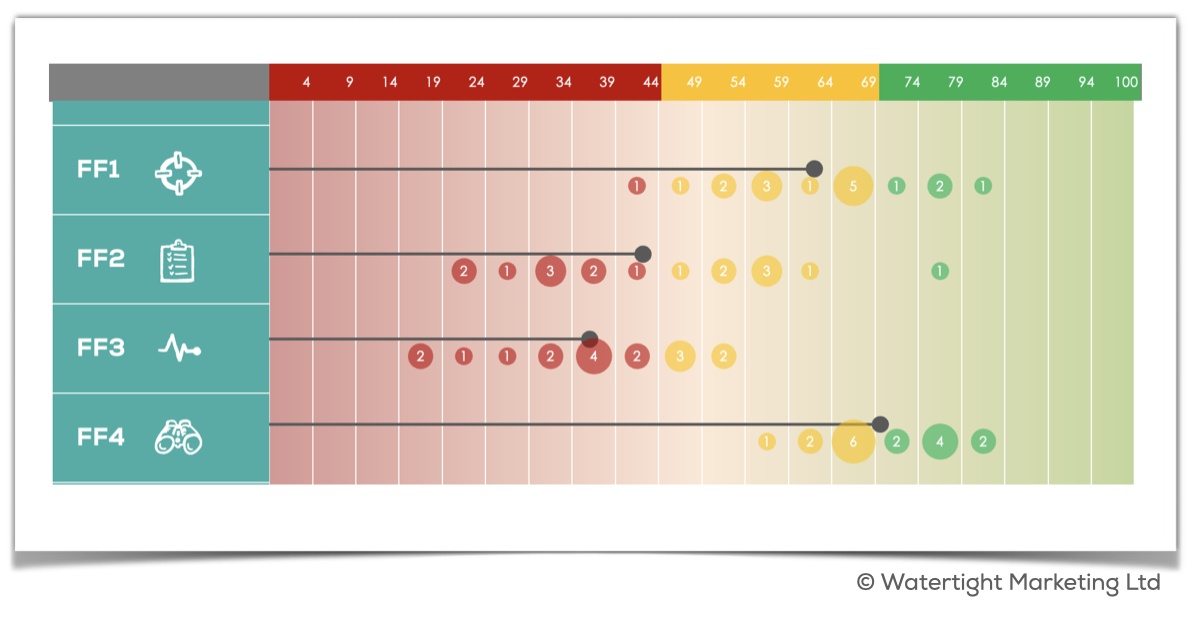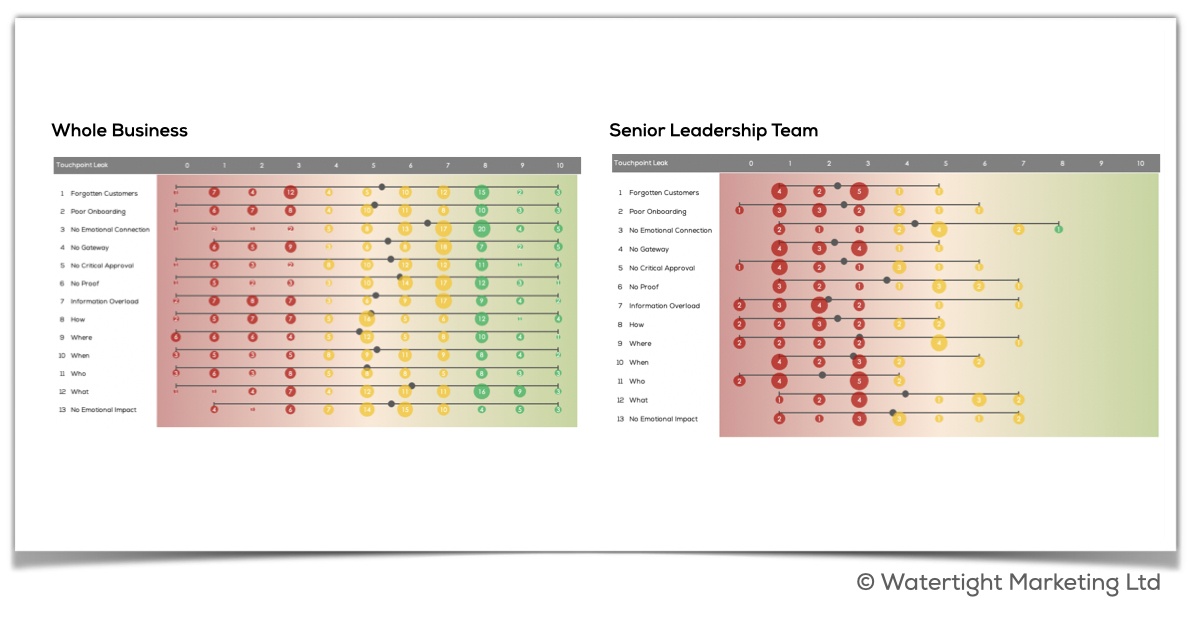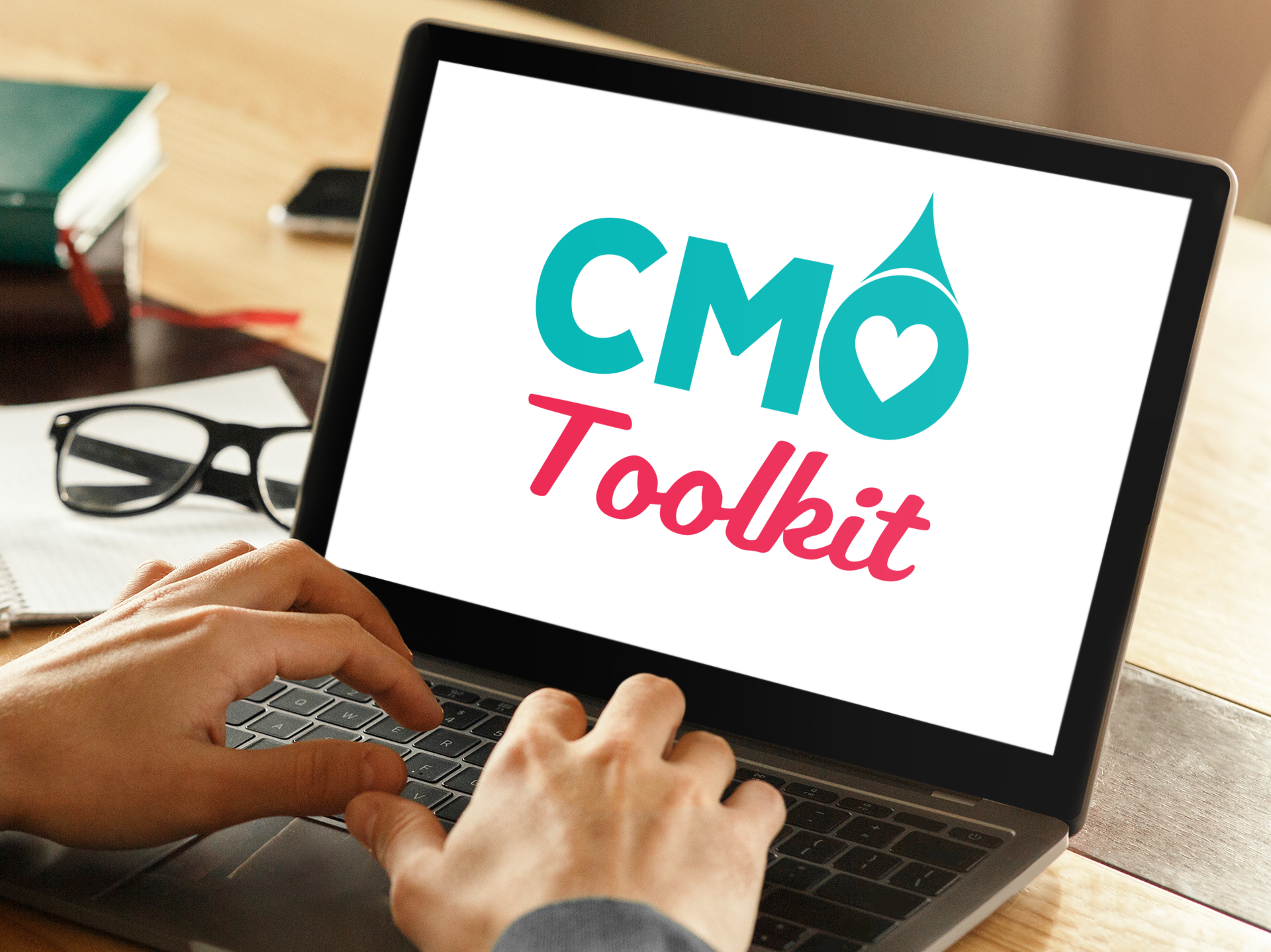Reading Time: 4 Minutes
Even a seemingly simple question – such as ‘what is the purpose of marketing for your business?’ – will often elicit many and varied responses within an organisation. Without having a common definition, and alignment on what marketing is, does and how it works, the likelihood of making great decisions is pretty low. So, let’s look at how you reach a common language. ~ Bryony Thomas, Author | Watertight Marketing
I’m not a particularly big fan of The Two Ronnies, but I do always smile to myself when the Four Candles / Fork Handles sketch is rolled out again. It is amusing to watch the misunderstanding and frustration unfold. It’s less amusing when the time, money and energy your business puts into marketing goes down the drain in a similar muddle of meaning.

Unlike many marketers, we don’t kick off our engagements with outward facing customer research, we look first inward at the perception of marketing within the business itself. We usually start by running a business through our Flow Foundations Audit (you can get a feel for a snapshot of this here), and then through a Touchpoint Leak™ Assessment process. Within these, one of the key things we do is a cohort analysis. This involves asking the people inside a business to rate themselves against a set of questions.
Range of Opinion
A key factor we’re looking for is the range of answers. These indicate the variance of opinion across an organisation. In the image below you’ll see a snapshot from a senior leadership team that has worked together for a number of years. You’ll see that opinion has a range as wide as 40 percentage points.

This level of variance can be caused by:
- Lack of common understanding of what was being asked – not good.
- Some people knowing more or less about what’s going on in the business – not good on a leadership team.
- A different set of standards (some are more Craig Revel Horwood, some are more Anton Du Beke) – can be very healthy, if well facilitated.
What the analysis does, amongst other things, is highlight the variance, and enable a healthy discussion on why it might exist. It can be an important team development tool in getting a leadership team to reach deeper alignment, and understanding of one another.
Dividing Lines
One of the next pieces of research we typically undertake is an internal Touchpoint Leak™ Assessment where we ask ALL employees to rate the organisation’s performance against the Touchpoint Leaks™ , with the aide of video guided questioning.
Again the range of opinion is insightful here, as above. But, with a larger sample, we’re able to review the data by team, by tenure, seniority, etc. The snapshot below (even with a quick squint at the colours) shows clearly that the senior leadership are seeing issues that need addressing, where many of their team do not perceive a problem.

You can imagine that it would be hard to gain support to fix something that people don’t think is broken. This leadership team would need to first get people to see what they see, before trying to roll out any improvements. Had external research highlighted the same issues (which it usually does), the effect may have been deeply demotivating. Being able to first work on helping people understand will make them far more receptive to any such external insight.
Common Language
The key point here is that your business needs a clear and common language about marketing if it is to make confident decisions about it. It’s why, in most cases, the first audience for any marketing team in a growing business is their colleagues, and the first communications goal is to get them on-board with what marketing actually is!
Have some questions this blog post doesn’t answer, or want to enquire about working with us? We’d be delighted to hear from you.
by Bryony Thomas

Subscribe to the CMO Toolkit
Would you like to get your hands on the tools, frameworks, templates, workshop packs, slides, and analysis tools we use with our clients? It’s all waiting for you.

Bryony Thomas
Author & Founder, Watertight Marketing
Bryony Thomas is the creator of the multi-award winning Watertight Marketing methodology, captured in her best-selling book of the same name. She is one of the UK's foremost marketing thinkers, featured by the likes of Forbes, The Guardian, Business Insider and many more, and in-demand speaker for business conferences, in-house sales days and high-level Board strategy days.



Fab article, language is such a key part of communication – even more so now so many people are working remotely.
This is an interesting, objective approach to getting a team onboard with marketing (and probably other issues as well). What size businesses does this work well for?
Hi Tom – sorry I missed this comment. Businesses we work with are typically in the £2m-£20m turnover mark with more than 20 people.